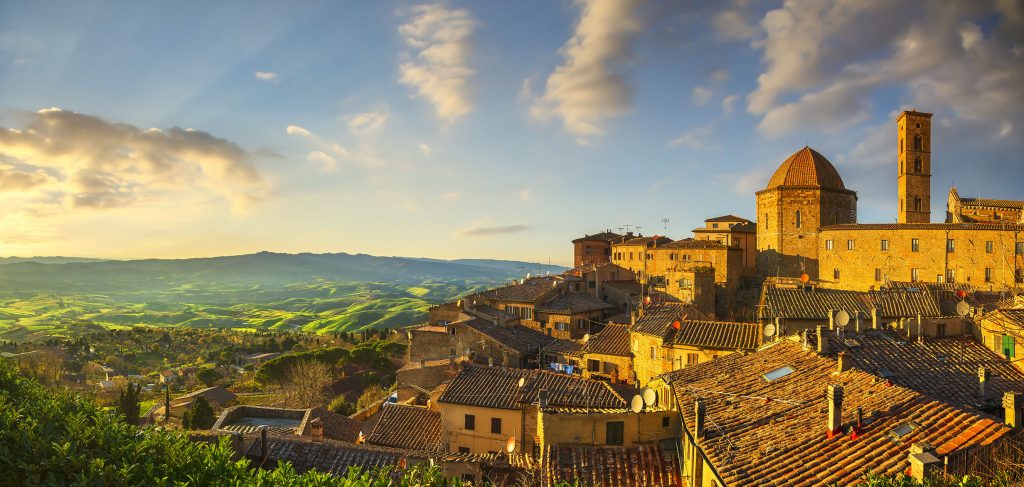Connected villages: the cities of the future?

In this time of great change, is it possible to revive Italy’s small towns? The key to renewal is connectivity
The Draghi administration has made it clear that digitalization is essential to restarting the country’s system without excluding any of its communities.
In Italy, from the North to the South, there are almost 6,000 villages and small towns. These are places with ageless charm and peacefulness, more sustainable than big cities, immersed in history. Here, a person can escape the everyday stress of the big city, eat good food, breathe clean air, rediscover tradition, find a more natural and healthier pace of life, and enjoy the warmth of our families and our roots.
Today, with the change in our personal and professional behaviors forced by COVID, we have an amazing chance to revive these villages, which have been abandoned by many in the past precisely because of their isolation and the lack of job opportunities and adequate infrastructure, being left out of productive Italy.
With the pandemic, everything has changed. Thanks to opportunities provided by new technologies and digitalization, “second homes” in many towns in Italy have been repopulated by professionals working remotely. They’ve become a refuge for many, a breath of fresh air, a place where you can live daily life more freely and safely.
The opportunity to make these places flourish again is linked to connectivity, adequate wireless coverage, to make sure these small pieces of Italy are not victims of the digital divide, and to allow those living, working, studying, or simply visiting these villages to be connected with the rest of the world.
With the resources from Next Generation EU, through the PNRR – says Michelangelo Suigo – this opportunity can become reality, and we can have a new, more competitive and innovative Italy, by acting on structures that would enable connection between areas, as well as relaunch production activities, creating new jobs directly on site.
This opportunity will be strengthened by 5G, which will allow us to rethink, innovate and bring new life to many sectors, even in places that have been isolated until now. 5G will work in support of products “made in Italy”, guarantee remote working, ensure distance learning and rethink the way we experience artistic-cultural heritage. It’s an opportunity that will put the focus back on people, make life sustainable, and revive Italian traditions, with the added value of being able to share and spread them more easily.
Before the pandemic, these places fought to stay alive by selling houses for one euro and creating fiscal incentives to attract inhabitants. Now, there’s a new kind of attraction, the “connected village”, where innovation and tradition come together to support a country made up of many small, but wonderful, places that deserve to be recovered and revived.